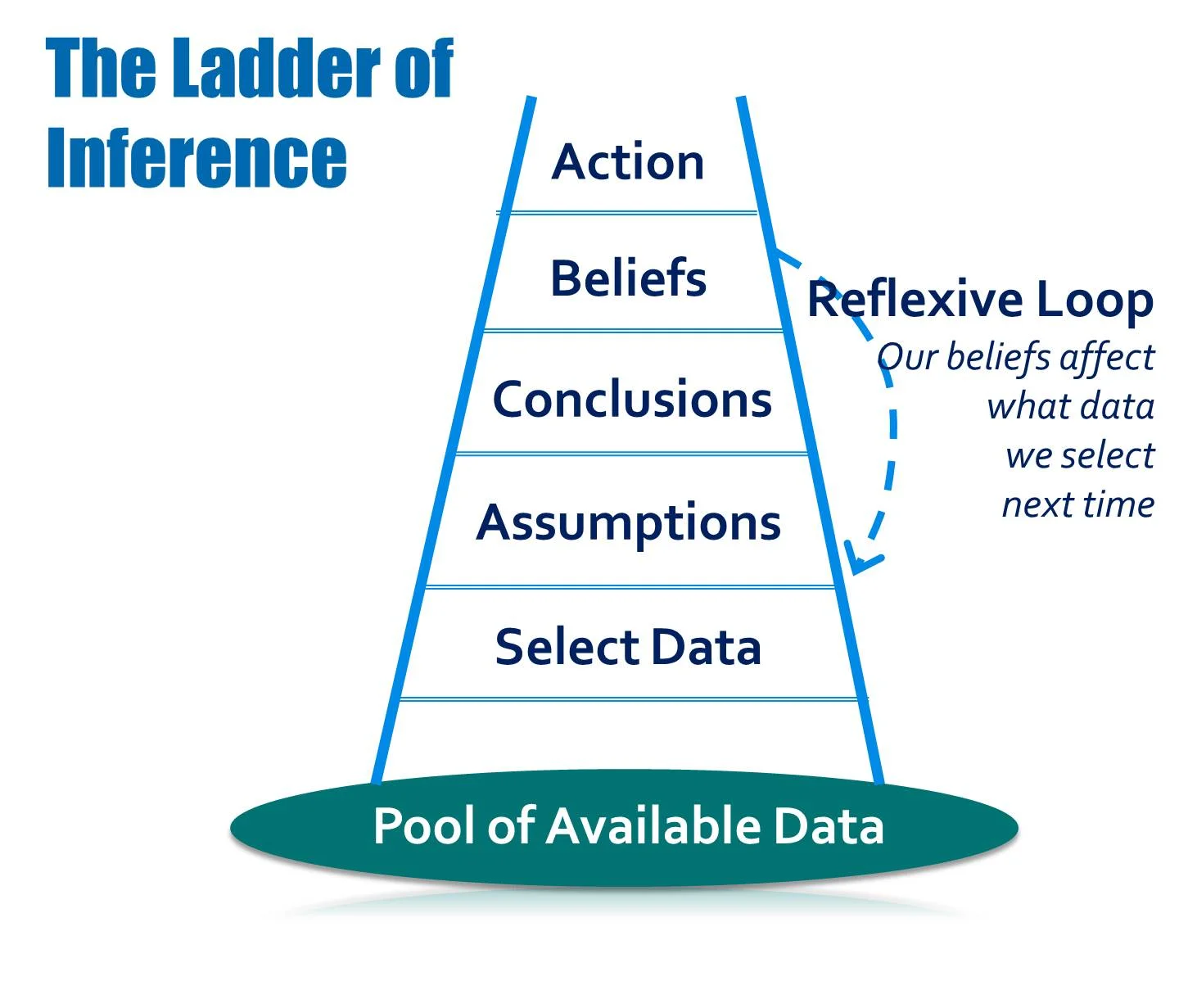The common mistake we make during critical conversations and how to avoid it
/Often, we go into critical conversations with a certain predetermined outcome we want. And while it's really good to have a goal for what we want to accomplish in the conversation, there's a risk to becoming attached to a particular solution or approach.
What I suggest is that you have a goal for what you want to accomplish, but that you stay tentative and open about HOW you will accomplish it and allow that to be co-developed DURING the conversation, with full involvement from your conversation partner(s).
Read More







![Handshaking: What is it good for? [Part 3 of 3]](https://images.squarespace-cdn.com/content/v1/513dd8ede4b0cc0702fce2ec/1403114592894-GK1J9LNK54DRB6Z20DSP/Handshaking+What+is+it+good+for+Part+3.jpg)
![Handshaking: What is it good for? [Part 2 of 3]](https://images.squarespace-cdn.com/content/v1/513dd8ede4b0cc0702fce2ec/1403112731768-BS11PBSAKI2UW0CRK5X7/Handshaking+What+is+it+good+for+Part+2.jpg)
![Handshaking: What is it good for? [Part 1 of 3]](https://images.squarespace-cdn.com/content/v1/513dd8ede4b0cc0702fce2ec/1403111617227-98MQL0EXOAYE9VDB38XO/Handshaking+What+is+it+good+for+Part+1.jpg)





